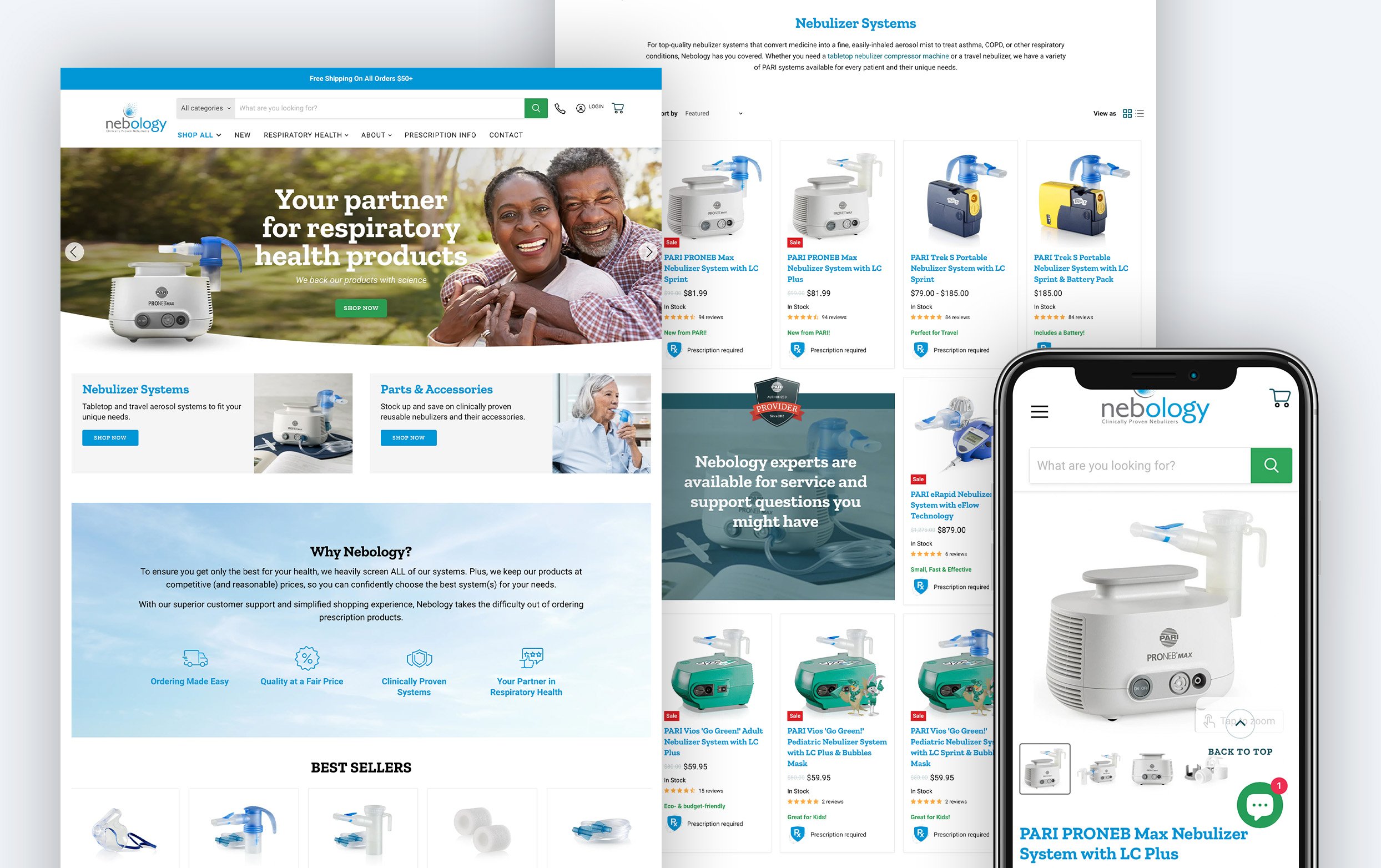How Web Design Johannesburg Is Transforming the Digital Experience in 2025
The Essential Components of Efficient Internet Design: A Comprehensive Guide
Reliable website design incorporates different crucial components that greatly impact customer experience. It demands mindful consideration of aspects such as mobile responsiveness, user-friendly navigation, and visual power structure. Each element plays an important duty in crafting a site that not just attracts visitors however also maintains them. Recognizing these foundational elements is crucial for companies aiming to improve their online presence. What really identifies an effective website from its competitors?
Recognizing Customer Experience (UX) Design
User experience (UX) Design works as the foundation of effective web Design, concentrating on exactly how customers interact with a site. It includes different aspects, consisting of functionality, ease of access, and general contentment. An effective UX Design begins with user research, identifying the target audience's requirements and habits. Models and wireframes are then established to picture the internet site's framework and circulation. Website Design Klerksdorp. Examining with actual users offers valuable understandings, permitting developers to boost and refine the interface navigating. Aesthetic Design aspects, such as typography and color plans, enhance the total visual while sustaining functionality. Ultimately, effective UX Design assurances that users can easily complete their goals, fostering involvement and commitment. By prioritizing customer experience, internet sites can accomplish higher conversion prices and a favorable track record
Relevance of Mobile Responsiveness
As smart phones progressively control web usage, ensuring mobile responsiveness has actually ended up being essential for effective internet Design. Websites that are not enhanced for mobile can bring about a bad customer experience, causing higher bounce prices and shed possibilities. A mobile-responsive Design enables web content to adjust effortlessly to various display dimensions, guaranteeing that individuals can access info quickly, no matter the gadget they use. In addition, internet search engine prioritize mobile-friendly web sites in their positions, making responsiveness an important factor for exposure and web traffic. With a growing number of individuals accessing the web via tablet computers and smart devices, services have to invest in mobile responsiveness to boost user involvement, improve brand understanding, and eventually drive conversions. Reliable website design have to focus on mobile responsiveness to remain competitive in today's digital landscape.
Crafting User-friendly Navigating
Navigating offers as the backbone of any effective internet site, directing visitors with web content easily. An instinctive navigation structure improves customer experience by allowing users to locate details rapidly and successfully. Clear labeling of food selection things is important; it ought to show the web content properly, staying clear of jargon that may puzzle customers. Additionally, a rational power structure is important, making it possible for customers to discern connections in between various sections. Uniformity throughout web pages helps reinforce expectations, while breadcrumbs provide context and a sense of instructions. Receptive navigation menus that adapt to various gadgets even more improve availability. Eventually, the goal is to create a smooth trip for site visitors, ensuring they can explore the website without disappointment, leading to a much more engaged and completely satisfied target market.
Utilizing Aesthetic Pecking Order
Aesthetic pecking order plays a critical duty in web Design by directing customers' focus and improving their experience. Effective layout strategies, in addition to thoughtful options in color and typography, can substantially influence exactly how information is viewed and refined. Comprehending these elements is important for creating aesthetically appealing and practical web sites.
Value of Visual Hierarchy
Efficient web Design rests on the concept of aesthetic power structure, which overviews users with web content in a instinctive and logical manner. This principle is essential for boosting user experience, as it assists focus on details and routes focus to vital aspects. By developing a clear hierarchy, web designers can guarantee that individuals quickly recognize vital messages, calls to action, and navigating options. A well-structured visual hierarchy lowers cognitive load, allowing individuals to refine information effectively. Furthermore, it promotes engagement by creating an appealing layout that invites expedition. Ultimately, understanding the importance of aesthetic power structure is important for any type of web designer aiming to develop reliable and straightforward sites that effectively interact their desired messages.

Methods for Effective Format
An efficient layout acts as the foundation of any kind of effective website design, allowing users to effortlessly navigate via web content. Reliable strategies consist of grid systems, which give an organized structure for straightening aspects, ensuring consistency and equilibrium. Additionally, using whitespace strategically can improve focus on crucial locations, reducing aesthetic clutter and assisting individual attention. Focusing on material with size and placement better stresses vital details, while different elements can create a clear visual hierarchy. Implementing receptive Design strategies assurances layouts adapt flawlessly throughout devices, maintaining functionality. Integrating intuitive navigation help, such as buttons and menus, boosts user experience, making it less complicated for visitors to locate relevant info promptly. Together, these methods create the foundation of a reliable web design.
Shade and Typography Choices
While color and typography selections may seem like easy Design components, they play an essential function in developing visual power structure on a web site (Internet Advertising In South Africa). Color can assist individuals' focus, separate sections, and convey brand identification. By tactically utilizing contrasting colors, designers can highlight essential calls to action, guaranteeing they stick out. Typography, on the various other hand, affects readability and individual involvement. A well-chosen typeface can communicate tone and personality, while varying font sizes and weights can produce a clear structure. Bigger, bolder headings draw interest, while smaller sized body text gives detailed information. With each other, effective shade and typography choices produce a cohesive visual experience, leading users with the content easily and improving general use
Choosing the Right Color Design
Exactly how does one select the optimal color design for a web site? Choosing the ideal color pattern is crucial for improving customer experience and sharing the brand's message. Developers ought to start by taking into consideration the target market and the feelings that various colors stimulate. As an example, blue commonly symbolizes trust fund, while red can develop urgency. It is vital to limit the palette to a few corresponding colors to preserve aesthetic consistency and stay clear of frustrating individuals. Making use of tools like shade wheel applications can assist in selecting shades that function well together. Additionally, developers need to guarantee that there suffices comparison in between text look here and history colors for readability. Eventually, a well-thought-out color pattern can greatly affect a site's efficiency and individual involvement.
Integrating Involving Material

Engaging content is important for preserving the interest and catching of web site visitors. It acts as a bridge in between the site's Design and the individual's experience, cultivating much deeper connections. Efficient material commonly includes a mix of useful posts, charming visuals, and interactive elements that encourage individual participation. By utilizing narration methods, web sites can evoke emotions, making the material extra unforgettable and relatable. Furthermore, including user-generated content, such as endorsements or reviews, boosts reputation and develops trust with the audience. Clear calls-to-action overview users toward wanted end results, ensuring they stay engaged. In general, a strategic approach to content growth not only enhances individual experience yet additionally drives conversions, making it a critical element of efficient website design.
Enhancing for Rate and Efficiency
Optimizing for rate and performance is crucial for improving individual experience on a site. Methods such as photo compression, minifying CSS and JavaScript, and leveraging web browser caching can greatly reduce loading times - Seo Company Klerksdorp. These methods not just boost efficiency however also add to far better online search engine rankings
Photo Compression Methods

Minifying CSS and JavaScript
Several web developers focus on photo optimization, minifying CSS and JavaScript is equally crucial for improving website speed and performance. Minification includes removing unnecessary personalities from code, such as whitespace, comments, and format, without affecting its performance. This procedure results in smaller sized documents sizes, which leads to quicker filling times and improved individual experience. By reducing the amount of information transferred in between the server and the client, minification aids decrease data transfer usage and boosts total site efficiency. Additionally, internet search engine prefer quicker internet sites, which can boost search rankings. Applying devices and automated procedures for minifying these scripts can simplify web advancement and upkeep, ensuring that performance remains a top priority throughout the lifecycle of a web site.
Leveraging Web Browser Caching
Leveraging browser caching considerably boosts site rate and efficiency by storing often accessed sources in your area on a customer's tool. This technique minimizes the need for repeated demands to the server, significantly reducing filling times for returning visitors. By utilizing HTTP headers, web developers can specify caching guidelines for different sources, such as stylesheets, manuscripts, and images. Correctly executed caching approaches allow individuals to experience faster web page lots, causing boosted user fulfillment and involvement. Additionally, internet search engine prefer websites with maximized performance, potentially boosting search rankings. Frequently examining and managing cache setups assures that users get updated web content while still gaining from the performance of cached resources. To conclude, reliable browser caching is an essential component of enhancing web performance.
Frequently Asked Concerns
Just how Do I Choose the Right Website Design Tools?

Choosing the ideal web Design devices involves reviewing project needs, understanding individual needs, and examining various software program features. Compatibility, simplicity of use, and neighborhood support are likewise essential elements to take into account for efficient Design results.
What Are Usual Website Design Mistakes to Avoid?
Typical internet Design errors to stay click here for more clear of include cluttered formats, bad navigation, inadequate mobile responsiveness, slow filling times, and ignoring user experience. Efficient designs prioritize performance, simpleness, and ease of access to engage customers and improve satisfaction.
How Can I Measure My Site's Success?
To determine a web site's success, one might examine metrics such as website traffic, conversion prices, customer engagement, and bounce prices. Making use of devices like Google Analytics can provide valuable insights for recurring optimization and improvement strategies.
What Role Does SEO Play in Web Design?
SEO significantly influences web Design by ensuring that websites are structured for search engine visibility. This consists of enhancing site speed, mobile responsiveness, and material high quality, eventually enhancing user experience and driving natural website traffic.
Exactly how Commonly Should I Update My Web Site Design?
The frequency of site Design updates depends on industry trends, user responses, and technical improvements. Commonly, a refresh every 2-3 years is a good idea, making certain the website stays appropriate and aligned with current requirements and individual expectations.
User experience (UX) Design offers as the backbone of efficient internet Design, concentrating on how users interact with a site. With a growing number of users accessing the internet by means of tablet computers and smart devices, companies must spend in mobile responsiveness to boost customer involvement, enhance brand name understanding, and ultimately drive conversions. An user-friendly navigation framework improves individual experience by permitting individuals to find details rapidly and successfully. Correctly applied caching strategies enable customers to experience faster page lots, resulting in improved customer complete satisfaction and involvement. The regularity of site Design updates depends on industry patterns, customer comments, and technological innovations.